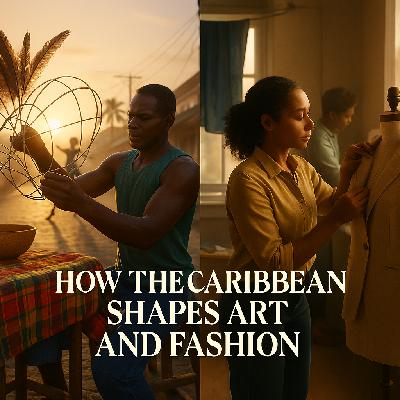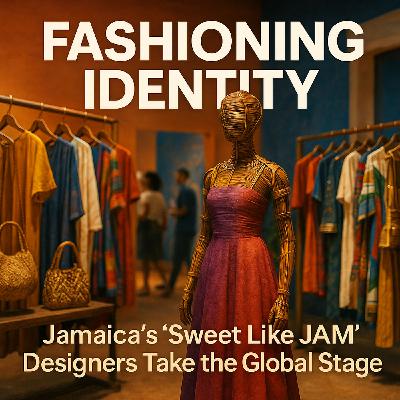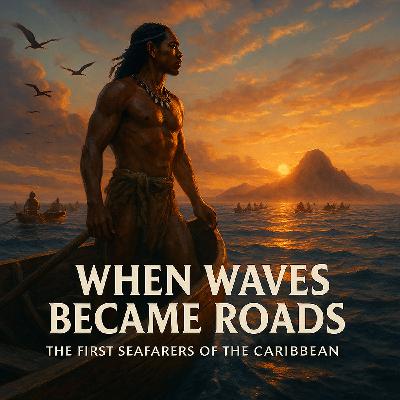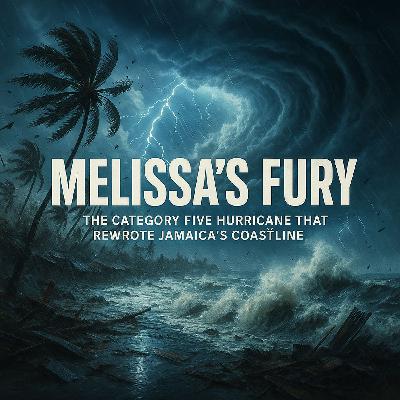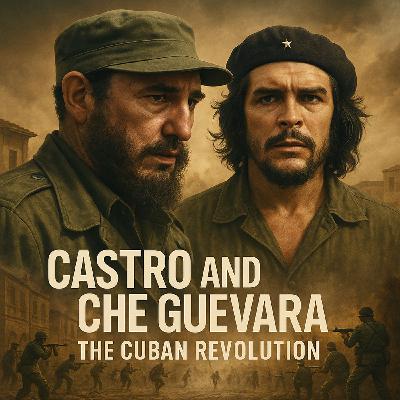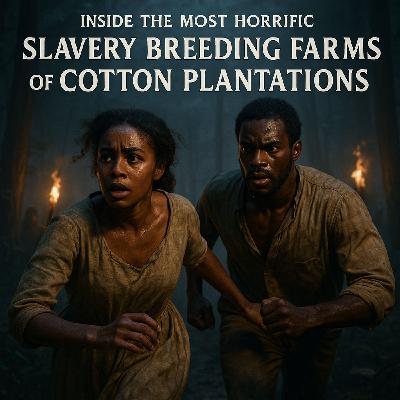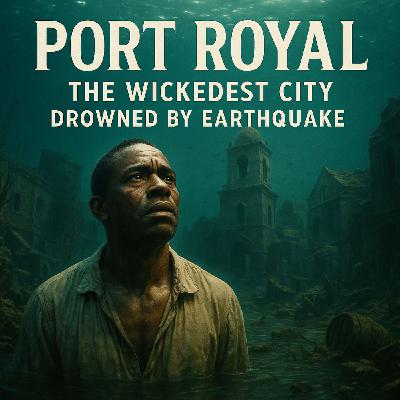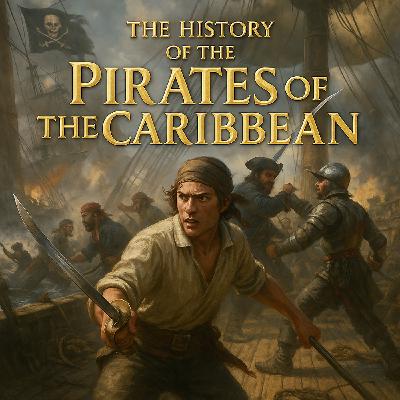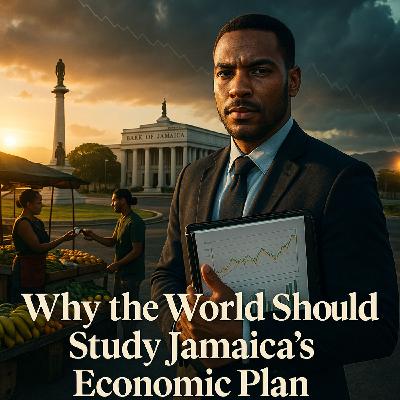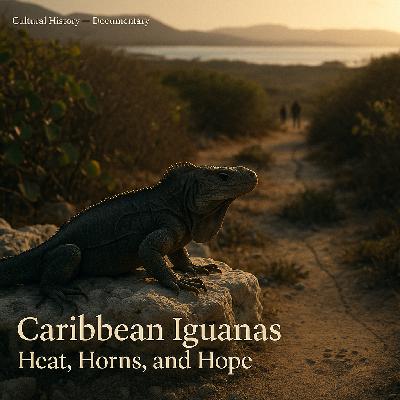The Caribbean's Global Impact on Art and Fashion - Exploring Island Culture and Resilience
Update: 2025-08-31
Description
The Caribbean’s visual language comes from Indigenous signs, African diasporic codes, and everyday making. Markets, music, and climate shaped a shared grammar of line, color, and rhythm.
Cloth holds identity. Madras, headwraps, and national wear signal pride, faith, and community rules. Fit, seam quality, and correct tying matter. Tradition stays alive through teaching, not trend.
Carnival is movement-first design. Wire-bending, feather work, and harnesses balance weight, stamina, and repair. When couture borrows, credit, contracts, and pay should follow the craft.
Sound drives style. Reggae, dancehall, and soca turn into silhouettes, hair, and nail aesthetics built for heat and motion. Clubs and videos spread looks fast, often faster than credit.
Diaspora creators bridge street, gallery, and runway. Scholarship shows up in tailoring. Community grief and joy enter shows. Archives, clear authorship, and fair fees keep gains from slipping.
Art circuits run through festivals, small museums, residencies, and markets. Craft crosses into fine art when makers are named and taught with consent. Archives anchor memory and authorship.
The road ahead is ethical and practical. Small-batch runs, local fibers, dye stewardship, and repair-first habits meet rising heat and storms. Model contracts, cultural marks, and co-ops protect IP and livelihoods.
Buyers, brands, and institutions have roles. Ask early, pay fairly, name names in print, and fund training. Tourism and museum shops can move money to makers with simple changes.
Core takeaway: Caribbean art and fashion shaped the world by staying useful at home, honest in process, and open to mix. The future depends on written credit, fair pay, climate-aware making, and teaching the next hands that will carry the work.
Cloth holds identity. Madras, headwraps, and national wear signal pride, faith, and community rules. Fit, seam quality, and correct tying matter. Tradition stays alive through teaching, not trend.
Carnival is movement-first design. Wire-bending, feather work, and harnesses balance weight, stamina, and repair. When couture borrows, credit, contracts, and pay should follow the craft.
Sound drives style. Reggae, dancehall, and soca turn into silhouettes, hair, and nail aesthetics built for heat and motion. Clubs and videos spread looks fast, often faster than credit.
Diaspora creators bridge street, gallery, and runway. Scholarship shows up in tailoring. Community grief and joy enter shows. Archives, clear authorship, and fair fees keep gains from slipping.
Art circuits run through festivals, small museums, residencies, and markets. Craft crosses into fine art when makers are named and taught with consent. Archives anchor memory and authorship.
The road ahead is ethical and practical. Small-batch runs, local fibers, dye stewardship, and repair-first habits meet rising heat and storms. Model contracts, cultural marks, and co-ops protect IP and livelihoods.
Buyers, brands, and institutions have roles. Ask early, pay fairly, name names in print, and fund training. Tourism and museum shops can move money to makers with simple changes.
Core takeaway: Caribbean art and fashion shaped the world by staying useful at home, honest in process, and open to mix. The future depends on written credit, fair pay, climate-aware making, and teaching the next hands that will carry the work.
Comments
In Channel

